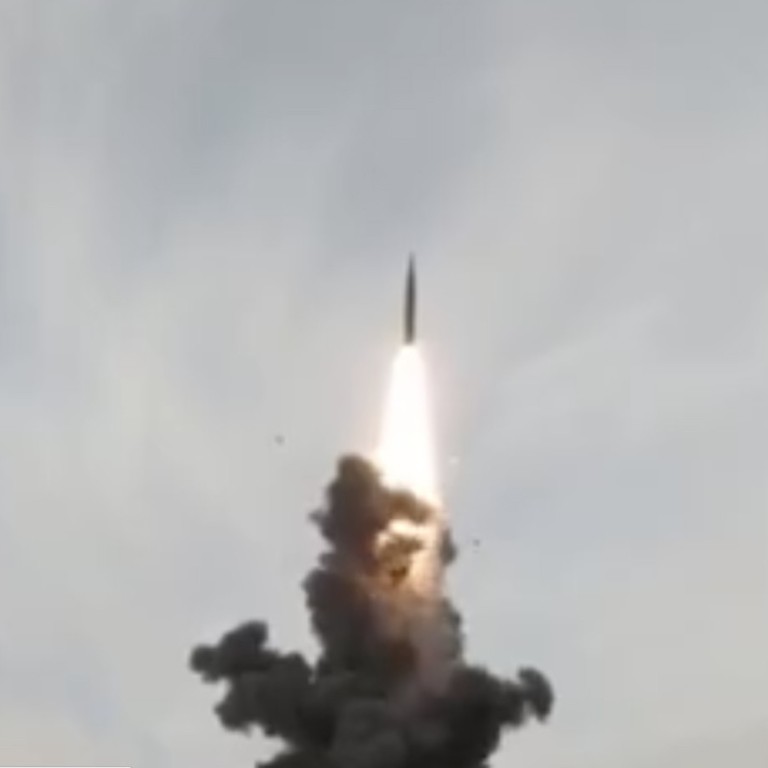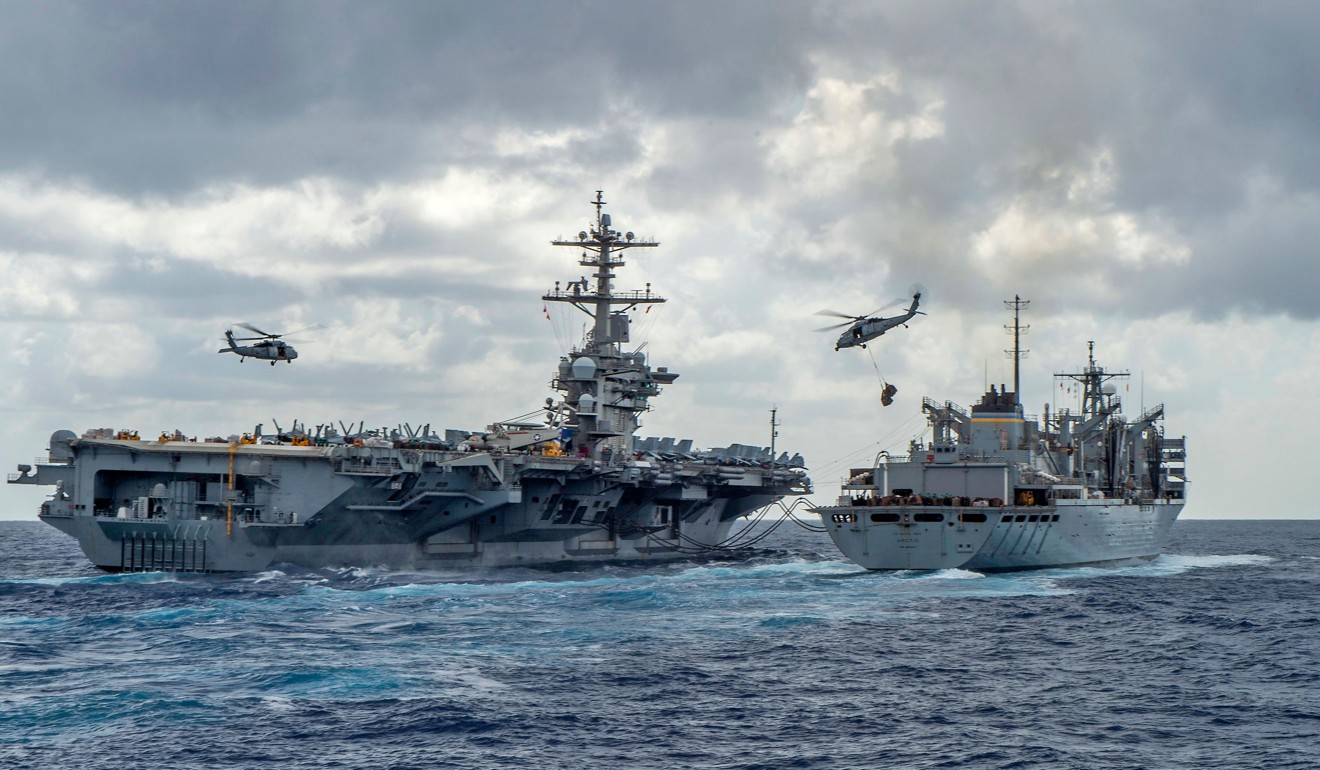
How Chinese missile tests could up the stakes for the US in the South China Sea
- Last month’s tests of anti-ship missiles near the disputed Spratly Islands send a clear message to Washington about the risks of future engagement, writes Ankit Panda
- US planners have long worried about the risks of intervening in support of Taiwan and the Philippines, and the use of these weapons may cancel out its advantages
In the final days of June, soon after the G20 encounter between Donald Trump and Xi Jinping in Japan, the People’s Liberation Army Rocket Force conducted missile tests in a disputed part of the South China Sea.
The tests took on particular significance in light of reports that the weapons fired were anti-ship ballistic missiles.
While the US has long known that China was developing these capabilities, previous tests have been conducted over the Chinese mainland and this marked the first known time the missile had flown over open waters.
Though the missiles tested remains unknown, the most likely candidates are the DF-21D – long known as China’s “carrier killer” – and the anti-ship variant of the DF-26, a much longer-range missile.
The first has an estimated range of about 1,500km (930 miles) and the other has a range of up to 4,000km – which has seen it branded the “Guam killer” because of its ability to reach the US overseas territory from the Chinese mainland.
Anti-ship ballistic missiles distinguish themselves from ordinary ballistic missiles in their ability to manoeuvre as their payloads descend toward the earth’s surface.
Where a more rudimentary ballistic missile payload might follow a simple parabolic trajectory back to a preordained target, with minimal corrective guidance, anti-ship ballistic missile payloads need sophisticated guidance to hit a moving, albeit slow, target.
Chinese vessel ‘mainly to blame’ for sinking of Philippine boat
While it remains unclear if China tested these missiles against dummy vessels or other targets, the message will have been clear to the United States.
That these missiles splashed down in the South China Sea made the event a realisation of a long-standing American concern: that China would use these burgeoning capabilities to hold at risk American naval assets in the disputed waters off its course.
While both countries remain keen to avoid a one-on-one military confrontation, conflict and escalation can be unpredictable.
American military planners have long expressed anxieties about their ability to sustain long-range naval operations to, for instance, support Taiwan or the Philippines, a US treaty ally, in the Spratly Islands.
Anti-ship ballistic missiles – even with conventional payloads – may cancel out the expeditionary advantage the United States has long enjoyed.

The PLA Rocket Force may hope that its demonstration of these capabilities will serve to deter the United States in a possible pre-war crisis, where a risk-averse president in Washington may choose to keep American carriers out of range of Beijing’s anti-ship missiles.
The concept of victory then is simple for the PLA: win without fighting by promising the United States that any clash would be far too costly with uncertain benefits.
Washington’s reaction to the tests has been unusually muted, with limited criticism and concern seeping out via multiple press reports.
In 2018, Washington took Beijing to task for its militarisation of disputed features in the South China Sea, for instance by disinviting the Chinese navy from the biennial Rim of the Pacific exercises.
While the latest tests did not use the artificial islands Beijing built in the contested waters, they do contribute to the ongoing militarisation of the South China Sea.
While China practised normal precautionary measures in its missile testing by issuing a notice to air craft, Washington might have more forcefully protested at its establishment of a large maritime exclusion zone where the missiles splashed down.
Missile tests aimed at boosting Beijing’s bargaining power
Moreover, given the density of civilian shipping and aviation in the South China Sea, these sorts of demonstrations should be avoided as a matter of principle.
While the challenge posed for the United States by these Chinese missiles is not insurmountable, one of the messages the rocket force may have sought to convey is that it is already too late for the United States to catch up in a meaningful way.
Already efforts are under way to refurbish and build new US bases in the Pacific to hedge against the possible loss of Guam in wartime.
Separately, debates are under way in Washington on how the expiration of the Intermediate-Range Nuclear Forces Treaty next month might open up previously foreclosed options to complicate Chinese military planning.
Given that freedom of navigation – civilian and military – remains a core US objective in the waters of the Asia-Pacific, including the South China Sea, it will take more than a capability demonstration to shift the needle as far as policy is concerned.
But China’s most recent missile tests underscore that a new strategic reality is taking shape in the South China Sea.
Ankit Panda is a senior editor at The Diplomat

